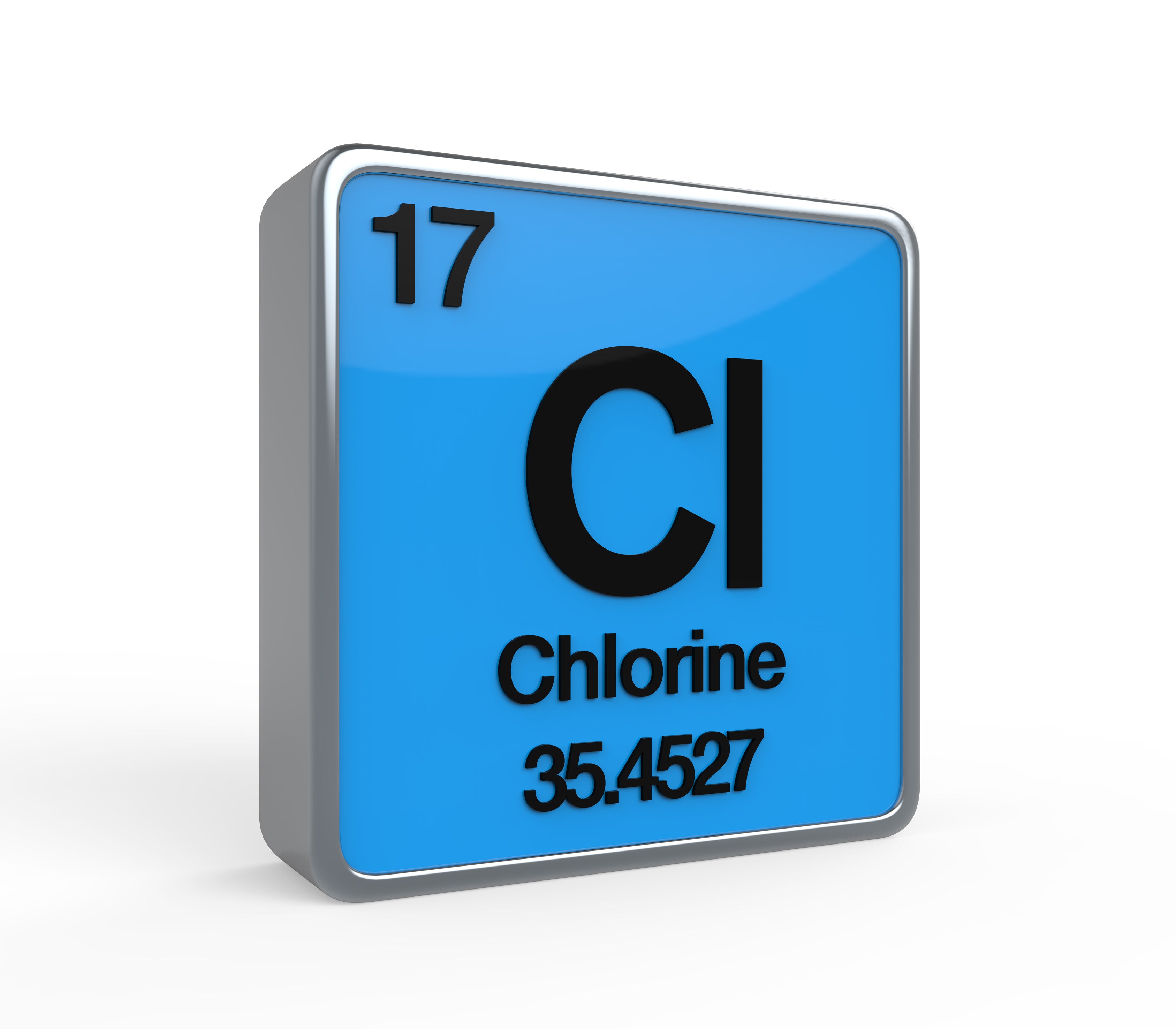
Water chlorination is carried out in most municipalities around the planet today, as a cheap and effective way to prevent the spread of disease. Overall, the effect is positive – our cities are crowded as never before in history, yet they are no longer swept by cholera, dysentery, and typhoid fever which killed millions of our ancestors.
In fact, the use of chlorine as a city water disinfectant leads to the question of whether it is necessary to filter your water at all in metropolises where it is present in the water supply. After all, someone might reason, if the utility company is putting chlorine in to make the water safe to drink, what more is needed to keep me safe?
To some degree, this is true. Chlorine does effectively kill a whole range of extremely nasty bacteria which would otherwise be very dangerous to anyone drinking the water. It does so thoroughly and reliably, making the water far safer than the drinking water available to humans through most of the time. If you smell chlorine in the water, you know that you're not going to come down with cholera or any of the other deadly digestive bacteria mentioned above.
However, there is also a lot that chlorination can't do. Just because it kills a wide range of microorganisms doesn't mean that the water is completely clean after that. It can't actually remove anything from the water, such as chemicals or even particles of sand. All of these can degrade water quality, even if they are far less immediately hazardous than bacteria, so depending on local water conditions, a filter may still be needed.
- Chemicals and volatile organic compounds (VOCs) are present in many water supplies, especially near industrial and manufacturing centers. Benzene, solvents, and petroleum products all find their way into the water and can degrade health or raise the long-term risk of cancers. The same is true of herbicides, pesticides, and insecticides in farming regions. Carbon block filters or activated carbon media are usually used to absorb these chemicals.
- Giardia and cryptosporidium are two protozoan parasites that can survive chlorination by hiding inside a cyst. When this cyst is swallowed, it opens and the parasite infects the intestines, quickly making more of its kind by splitting. These cysts need to be mechanically filtered out by a filter element that has an absolute pore size of 1 micron or less. The risk of Giardia varies from place to place, so some areas may not need this filter.
- Arsenic can be an industrial byproduct, result from runoff from chicken farming (where it is used to give the meat a pink tinge), or from natural deposits eroding into the water. A special arsenic filter, or a reverse osmosis filter (which removes just about everything from the water), is the answer to arsenic in the local water supply.
- Sand, silt, and sediment are unaffected by chlorination and can make the water cloudy, give it a noticeable color, or an unpleasant taste or odor (or any combination of the above).
- The chlorine itself is rather unpleasant tasting and may be removed from drinking water with an appropriate filter. Other filters are used to catalyze it into chloride, removing it from shower water for healthier skin, hair, and lungs.
- Most municipalities also add fluoride to the water. You can get a specialty filter to remove it.


Share:
Water Filters for Flooding
Seychelle Water Filter Bottles Advanced vs Standard